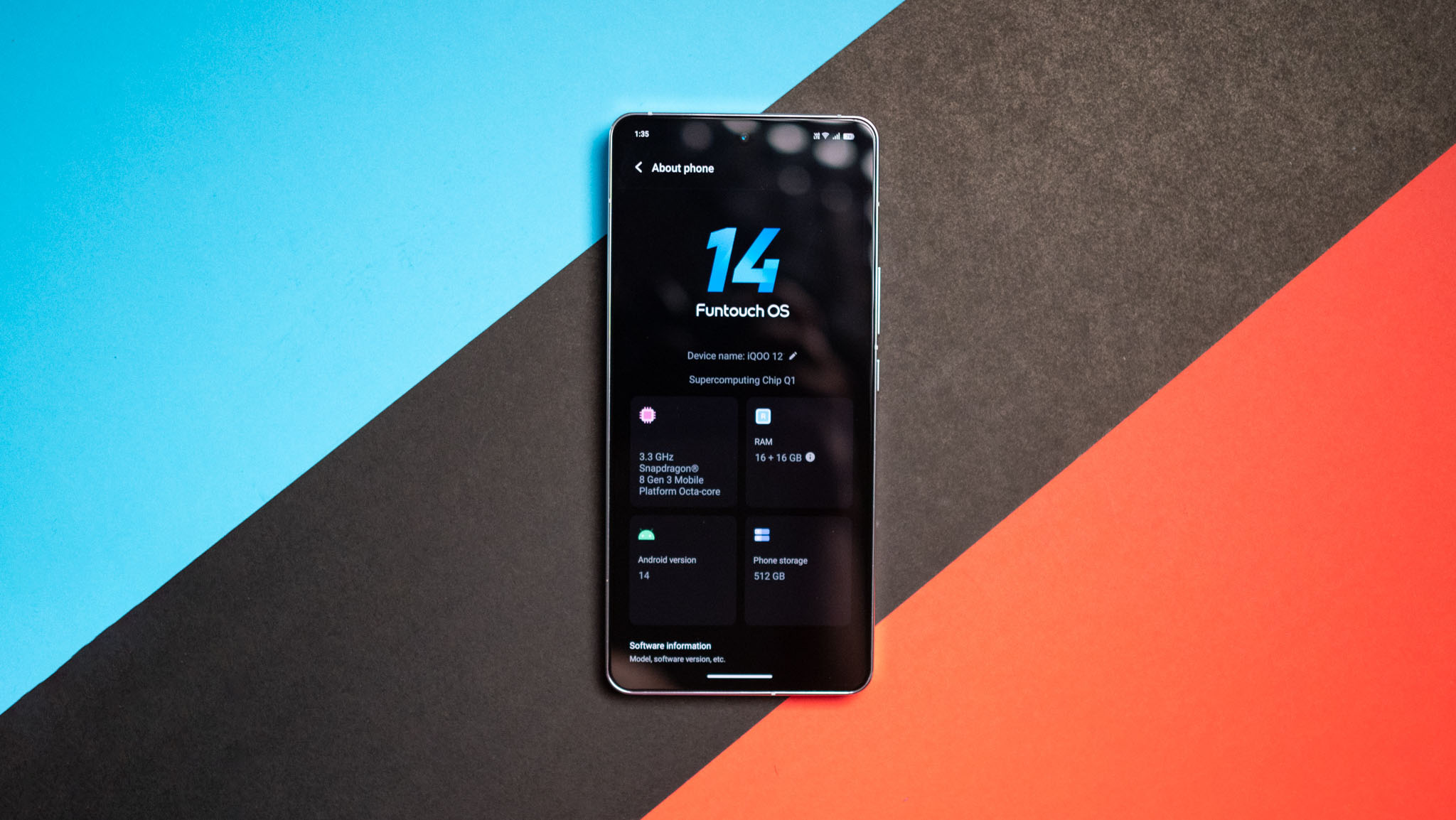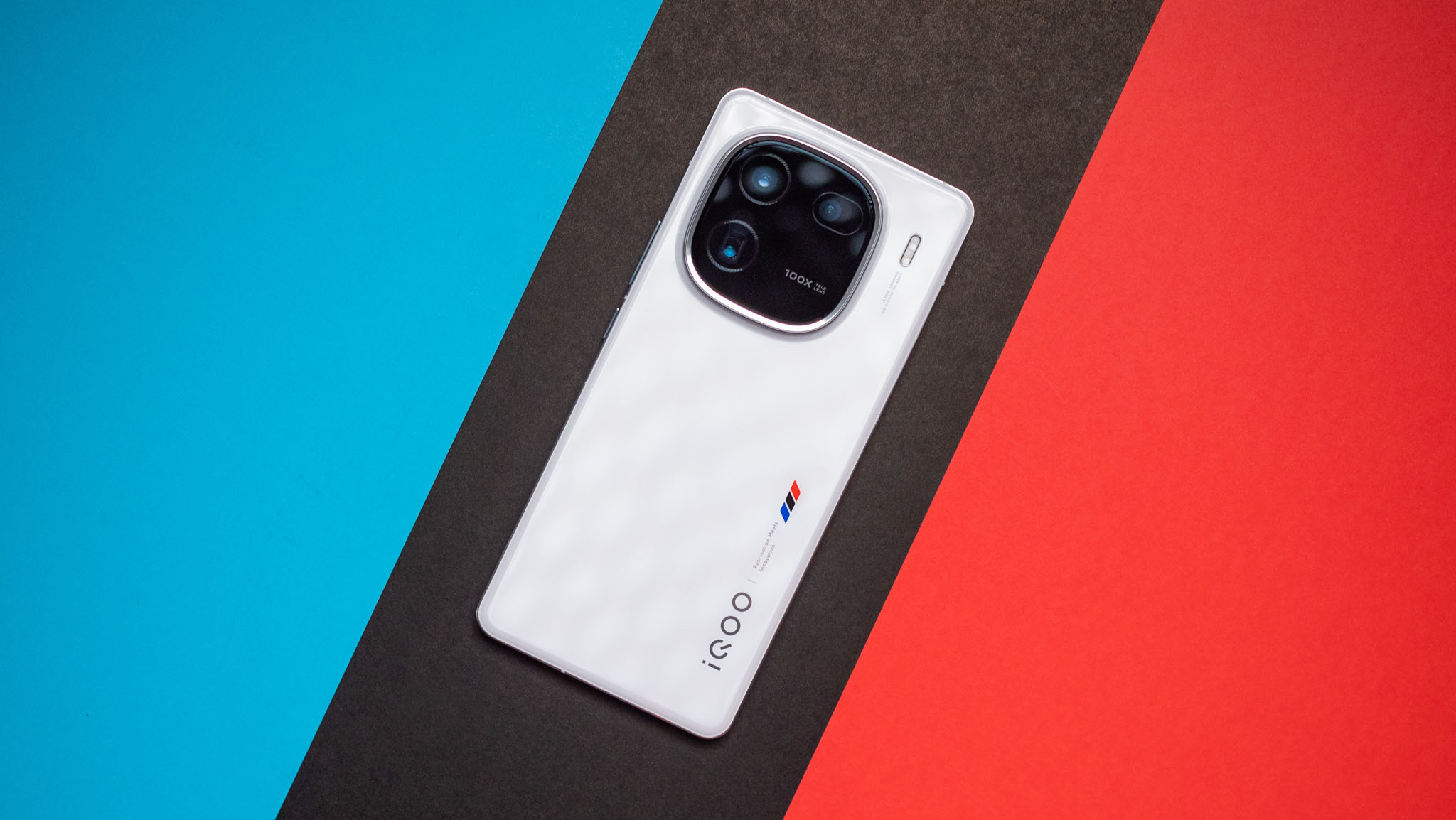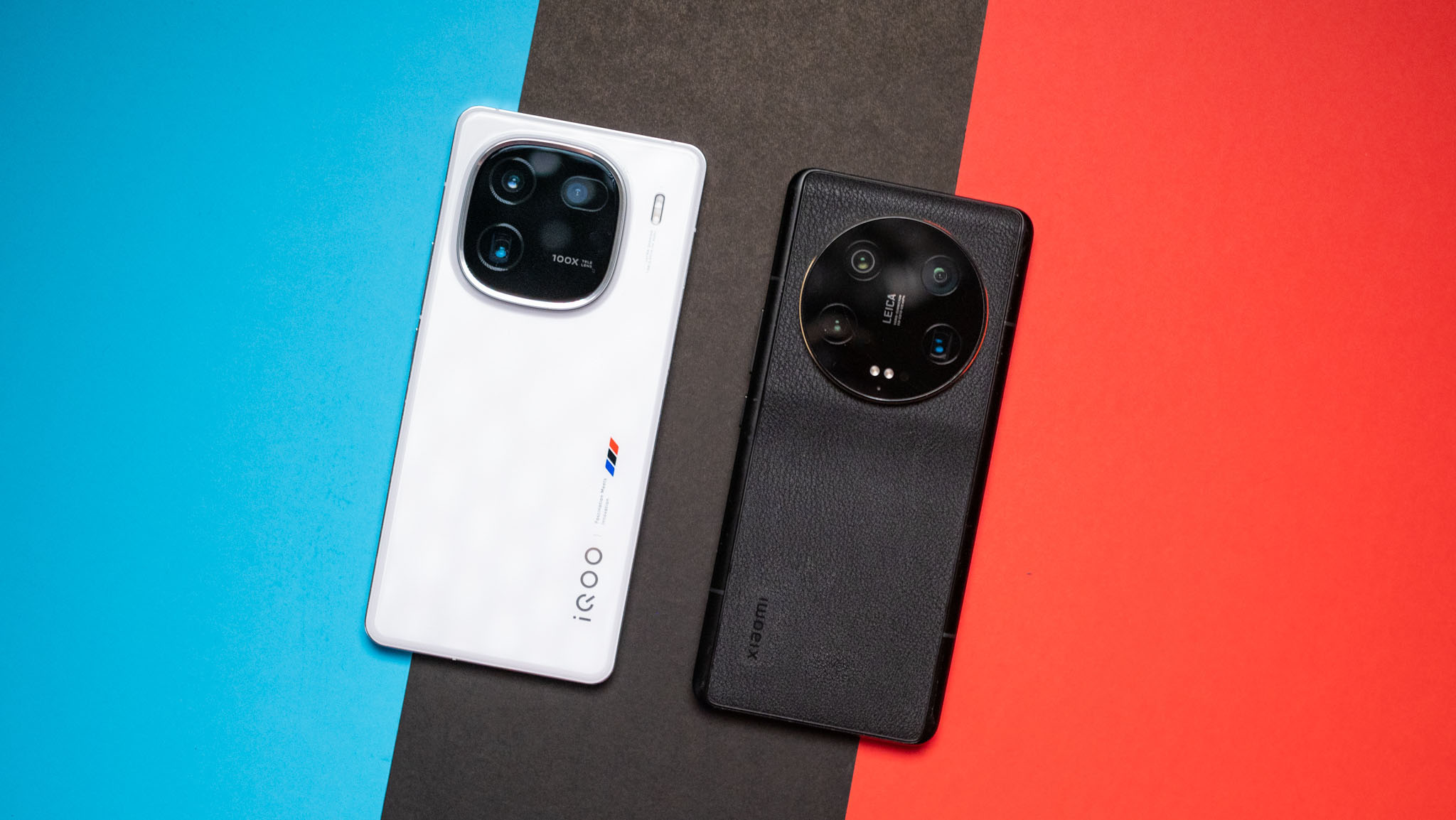
I just got started with the iQOO 12, and while I need to use the phone a little bit more before I can share my findings, initial impressions are very positive. What's particularly noteworthy about the iQOO 12 is that it is the first phone to feature the Snapdragon 8 Gen 3. While Xiaomi and OnePlus also released phones that leverage Qualcomm's latest silicon, they're limited to China, while Vivo has launched the iQOO 12 globally.
Basically, the iQOO 12 serves as the ideal testbed for the Snapdragon 8 Gen 3's real-world potential, and just like the iQOO 11 last year, it gives us an early look at what's coming with the best Android phones of 2024. I ran the iQOO 12 through the usual set of synthetic benchmarks I use with every device, and before we get to the scores, I wanted to share a high-level overview of what's new with the Snapdragon 8 Gen 3.
Qualcomm is using an interesting 1 + 5 + 2 core configuration with the Snapdragon 8 Gen 3, with a single 3.3GHz Cortex X4 core joined by five dedicated A720 cores that go up to 3.2GHz, and two A520 cores that hit 2.3GHz. While the node itself hasn't changed from last year — it's still built on the same TSMC 4nm platform — the switch to new cores gives Qualcomm a sizeable advantage, with the brand touting gains of 30% in this area.
Similarly, the Adreno 750 GPU is 25% more powerful than last year, and it has significant upgrades when it comes to ray tracing. You also get a sprinkling of AI and camera tweaks, but as those aren't really relevant with regards to synthetic benchmarks, so I'm not talking about that here. With that out of the way, let's get to the scores.
Snapdragon 8 Gen 3 vs. 8 Gen 2. vs A17 Pro: Benchmarks

I'm using the iQOO 12 to test the Snapdragon 8 Gen 3, and while I have a few dozen devices that run the Snapdragon 8 Gen 2, I'm picking the ASUS ROG Phone 7 Ultimate — it has been the most consistent of any phone I used in 2023. Samsung has a customized version of the Snapdragon 8 Gen 2 for its Galaxy flagships, but those figures don't really translate to much in real-world use, so I went with ASUS instead.
Given the sheer power on offer with the A17 Pro, I'm throwing in figures from the iPhone 15 Pro Max as well. The A17 Pro is the only mobile platform that's using the latest 3nm node, and while it tends to throttle under extended gaming sessions, it has the highest scores of any phone I tested in 2023.
Right off the bat, it's easy to see that the iPhone 15 Pro Max has the outright lead in single-core scores. This has been true for Apple silicon for nearly a decade, so it isn't too astonishing. In Geekbench 6's single-core workloads, the A17 Pro is 24% faster than what Qualcomm's latest can manage, and 32% more than the 8 Gen 2.
Thankfully, the Snapdragon 8 Gen 3 manages to come close in multi-core tests, and it's just 6% less than the A17 Pro. In an interesting move, the Adreno 750 is 16% faster than the A17 Pro at 3DMark's Wild Life Extreme, and even this year's Adreno 740 pulls ahead. But it's in the ray tracing-enabled Solar Bay test that we see the biggest delta — Qualcomm is ahead by a massive 38% in this benchmark, and that's a big deal.
Of course, it doesn't matter if the Adreno 750 is faster than what's available in the iPhone 15 Pro Max — all those console-quality games aren't coming to Android anytime soon.
Let's put the A17 Pro aside for a bit (which I'm sure all Android brands would like to do) and see how Qualcomm's latest silicon compares to last year. Even though the node itself is the same, the inherent changes to the core and optimizations to the design give the Snapdragon 8 Gen 3 a sizeable advantage.
In the Geekbench 6 single-core test, the Snapdragon 8 Gen 3 is 11% faster than the 8 Gen 2, and that figure jumps to 20% in the multi-core test. The 8 Gen 3 is 14% faster in 3DMark Wild Life Extreme, and a full 53% faster in the Solar Bay test, and that's exciting. The only issue is that most Android manufacturers still lock gaming beyond 60fps, and there aren't many titles that can truly leverage the potential of the hardware.

Overall, the Snapdragon 8 Gen 3 has a noticeable performance uptick across the board, and it manages to measure up to the A17 Pro. I have to mention that I used the Snapdragon 8 Gen 2 device that had the highest scores, so to get a true understanding of how the Snapdragon 8 Gen 3 measures up, I'm going to run these tests again once I get my hands on ASUS's 2024 gaming phone.
While synthetic benchmarks aren't indicative of real-world performance — the iQOO 12 doesn't feel 11% faster than any 2023 phone — they give us a look into how mobile chipsets evolve over time. At the end of the day, the Snapdragon 8 Gen 3 doesn't automatically make the 8 Gen 2 any slower; these chipsets deliver consistent performance year after year, and that's the biggest change in this industry in the last three years.
So whether you're excited to try out the Snapdragon 8 Gen 3 in a flagship next year or are considering picking up a phone that's running the Snapdragon 8 Gen 2, just know that you'll get terrific performance.







